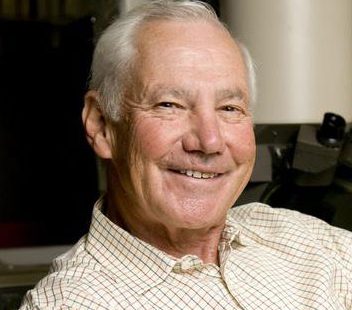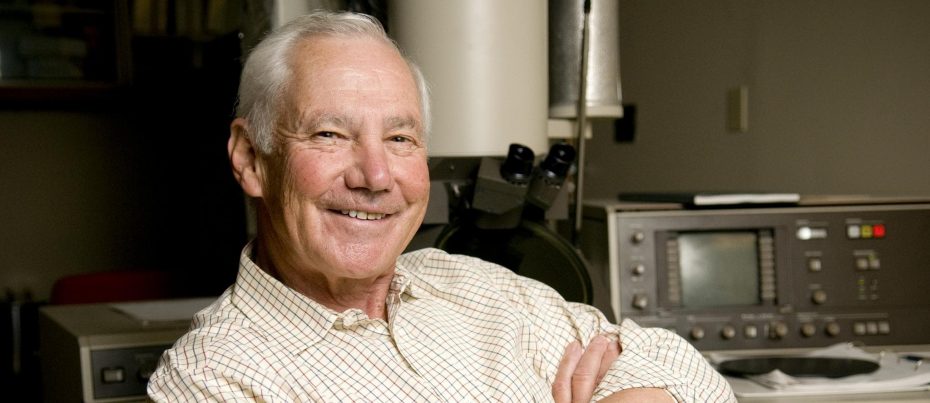The mid-1900s brought an exponential increase in famine, marked by soils inadequate for growing crops. Early advances in this fight against hunger can be attributed to Sterling Brown Hendricks, a Texan agriculturalist who dedicated his life to the understanding of soil chemistry.
Using X-ray diffraction, Hendricks, a student of Nobel Prize winner Linus Pauling, established that clay minerals in soil have a crystalline structure. The discovery enabled scientists to better understand the chemical processes through which soils transfer nutrients to plants.
Hendricks also helped discover phytochrome, a blue-green pigment that regulates plant development by “wakening” a seed to germinate and determining whether it will make flowers.
Outside the laboratory, Hendricks was a noted mountaineer and member of the third party to scale Mount McKinley, North America’s highest peak. In 1957, he hiked several miles with a broken shoulder to get help for his group, which plunged more than 250 feet down the side of a mountain.







